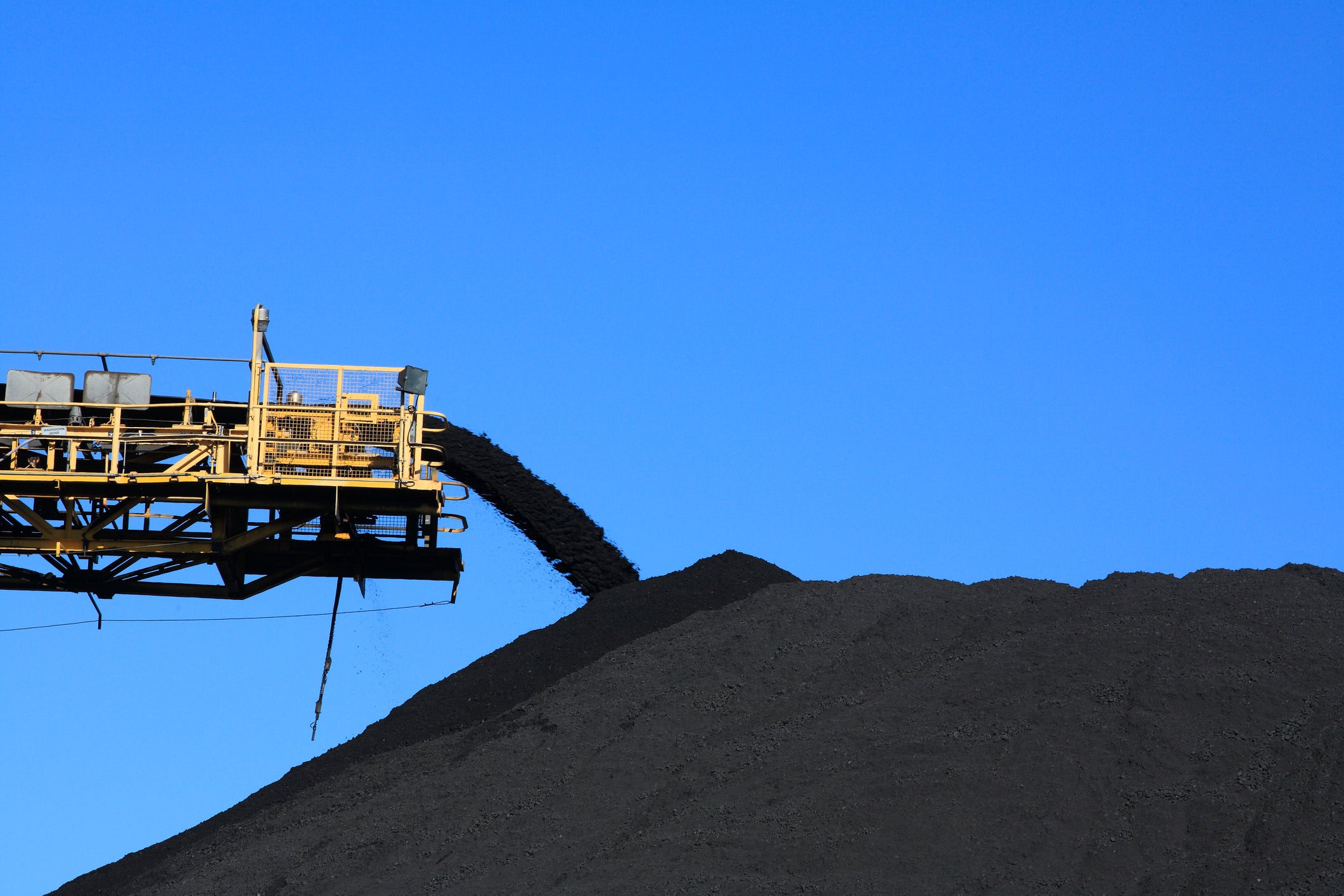Planning to build a new coal mine is like investing in a new fax machine – it takes us all backwards
We need to move forward with modern green energy – not travel in reverse


Your support helps us to tell the story
From reproductive rights to climate change to Big Tech, The Independent is on the ground when the story is developing. Whether it's investigating the financials of Elon Musk's pro-Trump PAC or producing our latest documentary, 'The A Word', which shines a light on the American women fighting for reproductive rights, we know how important it is to parse out the facts from the messaging.
At such a critical moment in US history, we need reporters on the ground. Your donation allows us to keep sending journalists to speak to both sides of the story.
The Independent is trusted by Americans across the entire political spectrum. And unlike many other quality news outlets, we choose not to lock Americans out of our reporting and analysis with paywalls. We believe quality journalism should be available to everyone, paid for by those who can afford it.
Your support makes all the difference.The construction of a new coal mine – as is currently under review in Whitehaven, in Cumbria – sends a very poor message about our environmental priorities.
In fact, it’s akin to an announcement that, as a country, Britain is investing in a brand new fax machine: why would we squander our natural capital on building new coal mines, when so many cleaner alternative energy sources now exist?
The controversy speaks for itself: critics have argued the project would run counter to the government’s commitment to tackling climate change, as it would likely help breach the UK’s target of reaching net zero emissions by 2050.
The fact that the UK is due to host the 2021 United Nations Climate Change Conference (Cop26) – scheduled to take place in Glasgow in November – has also made the prospect of the development particularly grating.
Mining is not an environmentally friendly activity, and the sector has come under growing pressure from governments, investors and society alike to reduce its carbon emissions. According to the UN Economic Commission for Europe’s “Group of Experts on Coal Mine Methane (CMM)”, mining is currently responsible for between 4 and 7 per cent of global greenhouse-gas (GHG) emissions.
Approximately 1 per cent of these carbon emissions are incurred through mining operations and power consumption, while fugitive-methane emissions from coal mining are estimated at between 3 and 6 per cent.
In theory, mines can fully decarbonise (excluding fugitive methane) through relatively straight-forward operational efficiency, electrification and renewable-energy use. Reaching maximum decarbonisation potential will certainly require capital investment, but it is already economical for many mines to increase electrification and scale up their operational efficiency.
Making operational mines greener is a far more realistic goal than immediately shuttering all mines, but there is much more to do. We should also be focusing on the environmental harm still being done by coal mines long after they have ceased operating. Even after coal mines are closed, they continue to emit methane that migrates into the abandoned mine from neighbouring, connected coal deposits.
As economies develop their energy production away from coal, confronting the challenge of emissions from Abandoned Mine Methane (AMM) will become an issue of increasing importance. Doing so also represents a rare opportunity to bring about an almost immediate impact in the climate fight. Since methane is estimated to have an atmospheric lifetime of 12 years – relatively short compared with carbon dioxide – acting now to reduce emissions will help slow warming in the near-term.
Methane emissions from defunct and retiring mines can be substantial and are only projected to increase. Estimates of global coal mine methane emissions indicate that AMM represented 17 per cent of the total mine methane emissions in 2010 and forecasts indicate that the proportion may increase to as much as 24 per cent in 2050. To put these numbers in perspective, in 2016 coal mines in the United States alone released 60.5 MMTCO2e of methane, which equals roughly the warming impact caused by 13 million cars.
One great solution is reforestation of abandoned mineland. Tree plantations can be used as a tool for mine spoil restoration as they have the ability to restore soil fertility and ameliorate microclimatic conditions. In restoration, emphasis is given first to build soil organic matter, nutrients and vegetation cover to accelerate the natural recovery process.
It is also now clear that forest plantations play a key role in harmonising the long-term rehabilitation of forest ecosystem with near-term socioeconomic development objectives. In other words, the plantations don’t only serve to prevent methane emissions but also play a critical role in restoring productivity, ecosystem stability and biological diversity to degraded areas. Throw in tens of thousands of tons of carbon sequestration and this feels like a no-brainer.
While the reality is that most energy economies will remain mixed for some time to come, our focus should be on reducing harm at operational mines and shifting entirely to renewable sources while we clean up the adverse legacy of those of old.
Rather than harking back to our mistakes, we should be accelerating the restoration of these scars of the past – and turning them into bio-diverse opportunities for the future.
Nick Maughan is an investor and philanthropist and founder of the Nick Maughan Foundation



Join our commenting forum
Join thought-provoking conversations, follow other Independent readers and see their replies
Comments